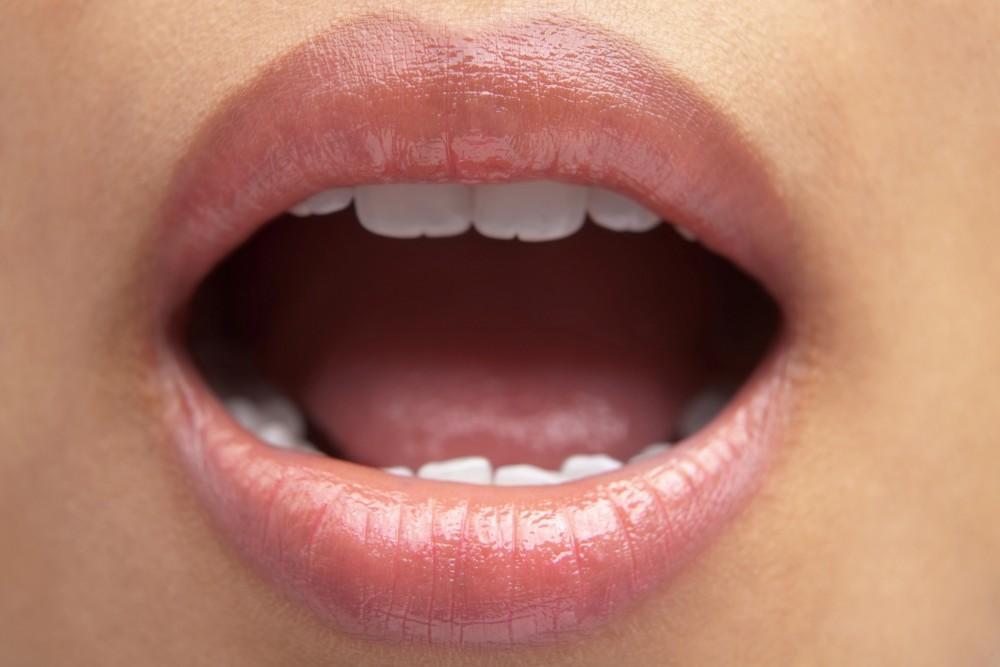
What's the Difference Between Gingivitis and Periodontitis?

Did you know that there are actually two distinct stages of gum disease? Gingivitis and periodontitis are both terms used to refer to gum disease, but they differ in their severity and the impact they can have on oral health. Let's take a closer look at what sets these two conditions apart.
Gingivitis: The Early Stage of Gum Disease
Gingivitis is the beginning stage of gum disease. In short, gingivitis is inflammation, typically caused by infection, in the soft tissue (gums) surrounding your teeth. It often occurs when plaque builds up on teeth and along the gum line. If plaque isn't removed regularly with proper oral hygiene it can harden into tartar, which can cause inflammation and infection of the tissue.
Symptoms of Gingivitis
Common signs of gingivitis include:
- Red, swollen, or tender gums
- Gums that bleed during brushing or flossing
- Bad breath or a persistent foul taste in your mouth
Treating Gingivitis
The good news is that gingivitis is reversible with excellent oral hygiene practices and professional dental cleanings. If caught and treated early, gingivitis doesn't typically cause permanent damage to gums or to teeth.
Periodontitis: Advanced Gum Disease
If gingivitis is not treated early on, it can progress into periodontitis. This is a more serious stage of gum disease that affects not just gums but also the bone and tissues that support your teeth.
When gum disease reaches the level of periodontitis, the gums begin to pull away from teeth, forming pockets where more bacteria can collect. As the disease progresses, these pockets deepen, and more gum tissue and bone are destroyed. This can eventually lead to tooth loss if not treated.
Symptoms of Periodontitis
The following can be signs of periodontitis:
- Gums that pull away from the teeth
- Persistent bad breath
- Pus between the teeth and gums
- Loose or shifting teeth
- Changes in bite or the fit of partial dentures
Treating Periodontitis
Unlike with gingivitis, the damage caused by periodontitis is not reversible. However, with proper treatment, the progression of the disease can be stopped and further damage prevented.
Gum Disease Treatment Options
The treatment for gum disease depends on the stage and severity of the condition. For gingivitis, a combination of good at-home oral hygiene and professional dental cleanings is usually sufficient to reverse the condition.
Periodontitis, on the other hand, typically requires more extensive treatment. This may include deep cleaning procedures like scaling and root planing, which remove tartar and bacteria from below the gum line. In more advanced cases, surgical interventions may be necessary.
One innovative surgical treatment for periodontitis is pinhole gum surgery. This minimally invasive technique is an alternative to more extensive gum grafting. It involves making small pin-sized holes in the gums in order to reposition the gum edge. As the gums heal, pocket depth is reduced. Pinhole gum surgery offers a faster recovery time and less discomfort compared to traditional gum grafting procedures.
Preventing Gum Disease
The best way to deal with gum disease is to prevent it from developing in the first place. Preventing gum disease involves consistent good oral hygiene habits, including:
- Brushing your teeth twice a day with a fluoride toothpaste
- Flossing daily to remove plaque and food particles between teeth
- Using an antiseptic mouthwash to kill bacteria
- Eating a balanced diet and limiting sugary or starchy foods
- Not smoking or using tobacco products
- Seeing your dentist regularly for check-ups and cleanings
Concerned About Gum Disease?
Our team is experienced in treating all stages of gum disease, from gingivitis to advanced periodontitis. If it's been a while since your last dental visit, or if you're noticing signs of gum disease, don't wait. Call our office today to schedule an appointment.
You Might Also Enjoy...


Is Mouth Breathing Bad?

Can Improving Your Smile Boost Your Career?

The Do's and Don'ts of Tooth Extraction

The Oral Health – Mental Health Connection


